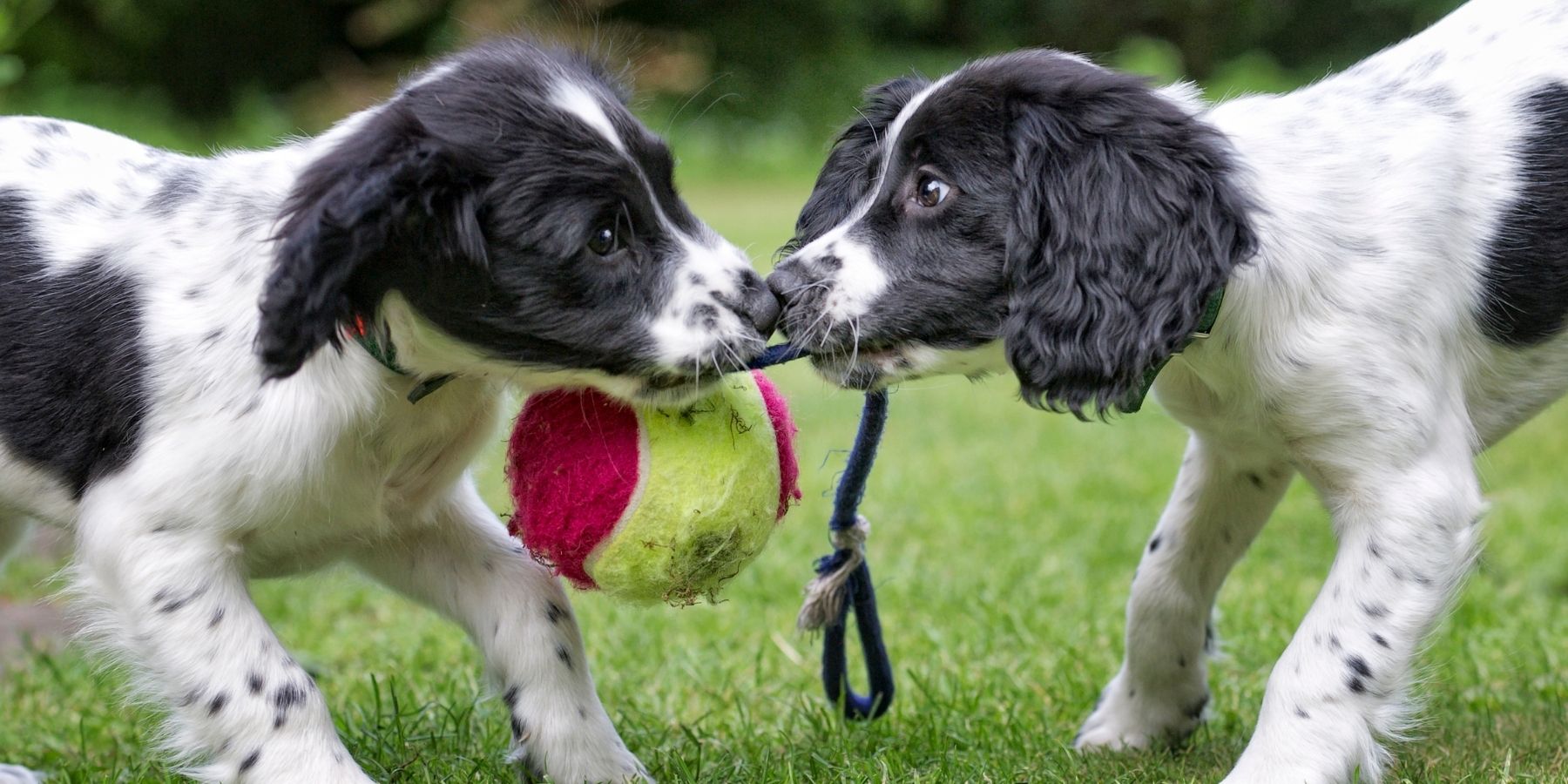Tug-of-war is a popular game that many dog owners play with their pets. It involves holding onto one end of a toy while the dog pulls on the other. However, some people worry that this game might not be good for dogs.
Tug-of-war is a natural and instinctive play behavior for dogs. It mimics the action of pulling and tearing they would use in the wild. When played correctly, tug-of-war can be a healthy and enjoyable activity for both dogs and their owners.
Benefits of Tug-of-War
Physical Exercise: Tug-of-war provides excellent physical exercise for dogs. It’s a vigorous activity that helps them use up energy and stay fit.
Mental Stimulation: This game also offers mental stimulation. Figuring out how to pull and win the game challenges your dog’s mind.
Bonding Opportunity: Playing tug-of-war can strengthen the bond between a dog and its owner. It’s a fun way to interact and communicate with each other.
Training Opportunities: You can use tug-of-war to teach your dog important commands like “drop it” or “leave it.” This can improve their overall obedience.
Common Concerns
Some people worry about certain aspects of playing tug-of-war with their dogs:
Aggression: There’s a belief that tug-of-war can encourage aggressive behavior. However, aggression is not caused by the game itself but can be a result of how the game is played. If you teach your dog proper rules and boundaries, such as stopping when told, tug-of-war should not lead to aggression.
Dental Health: Another concern is the potential impact on a dog’s teeth. While the game can be rough on teeth, using appropriate toys and monitoring play can minimize any risk.
Dominance Issues: The idea that letting a dog win at tug-of-war can lead to dominance issues is a common myth. Dogs don’t view their owners as competitors in a hierarchy. Winning or losing this game won’t change how your dog sees you in terms of leadership.
How to Play Tug-of-War Safely
To ensure that tug-of-war is a positive experience for your dog, follow these guidelines:
Use the Right Toy: Choose a sturdy toy that is long enough to keep your hands away from your dog’s mouth. The toy should also be easy for your dog to grip.
Teach Commands: Train your dog to understand commands like “take it” and “drop it.” This training ensures you can start and stop the game safely.
Control the Game: You should initiate the game and decide when it ends. This helps your dog understand that you are in control of the playtime.
Watch for Overexcitement: If your dog gets too excited or shows signs of aggression, stop the game. Calm them down before considering whether to resume play.
Regular Breaks: Give your dog breaks during play to prevent them from getting too tired or overstimulated.
Conclusion
In conclusion, tug-of-war is not inherently bad for dogs. When played with the right guidelines and supervision, it can be a fun, engaging, and beneficial activity. It’s important to understand your dog’s personality and limits, use appropriate toys, and ensure the game is played with respect and care.
Tug-of-war can offer a wonderful way to bond with your dog while providing them with physical and mental exercise. Remember, like any game, the key is to keep it safe, controlled, and enjoyable for both you and your furry friend.
